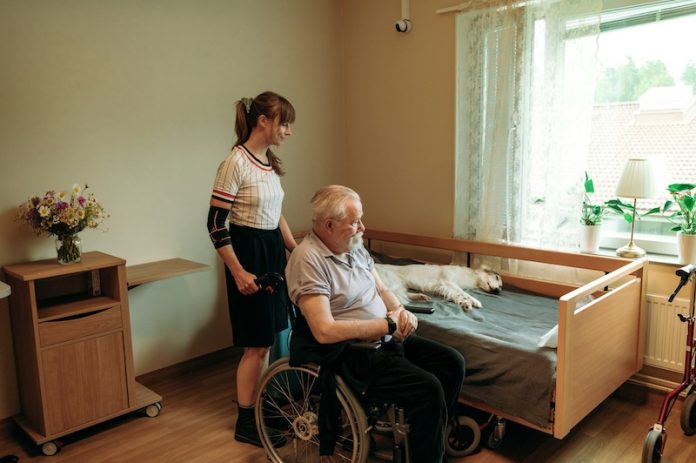
A new nationwide study reveals that a growing number of Americans are dying at home from ischemic stroke, a trend that reflects both changing preferences in end-of-life care and ongoing disparities in access to specialized medical services.
Published in PLOS One by researchers from Georgetown University School of Medicine and the University of Washington, the study also highlights a troubling reversal in overall stroke death rates after a decade of steady decline.
Ischemic strokes, which happen when blood flow to the brain is blocked—most often by a blood clot—are the most common type of stroke. They tend to affect older adults but are now increasingly seen in younger people as well.
The researchers stress that as the population ages, and stroke risk factors like obesity rise, ensuring access to timely and effective stroke care is becoming more urgent than ever.
To examine long-term trends, the research team analyzed more than two decades’ worth of data from the CDC’s WONDER database, which compiles U.S. public health information.
They focused on the records of people whose death certificates listed stroke as the main cause of death, looking at how many died, where they died, and how trends varied by age, race, sex, and whether they lived in urban or rural areas.
One of the most striking findings: the number of people who died from stroke at home has more than tripled—from 8.4% in 1999 to 29.3% in 2020. At the same time, deaths in hospitals fell from 46.4% to 29.6%.
Lead author Jason Lim, a medical student at Georgetown, believes this change is partly driven by a cultural shift toward patient autonomy and comfort, with many people preferring to spend their final days at home rather than in a hospital.
This change may also reflect improvements in palliative and hospice care services, which are increasingly being offered in patients’ homes. Lim explains that this doesn’t necessarily mean people are getting less care—in many cases, they may be getting better quality care that is more in line with their wishes.
However, the researchers also identified some concerning patterns. Rural residents and Black Americans were more likely to die in less specialized environments, such as nursing homes or emergency departments, rather than in stroke centers.
Black Americans had the highest rates of stroke deaths in hospital settings, including cases where patients were pronounced dead on arrival. In contrast, white Americans were more likely to die in hospice care or long-term care facilities, and had the lowest rates of emergency facility deaths.
These differences raise questions about access to stroke care and whether all groups are receiving the same quality of treatment. Geographic location, insurance coverage, transportation, and financial barriers may all play a role in where people receive care—and ultimately where they die.
Lim emphasizes that more research is needed to determine which home deaths are by choice and which result from a lack of access. “It’s important to understand whether these deaths reflect better care or missed opportunities for treatment,” he said. “Not everyone may have the ability to choose.”
Senior author Dr. Michael Levitt of the University of Washington notes that after years of progress, stroke death rates are now on the rise again. Possible reasons include increasing rates of obesity, aging populations, and reduced effectiveness of older public health campaigns.
Another possibility is that improved technology now allows for more accurate reporting and diagnosis of stroke deaths.
Levitt also pointed out that different regions of the country need different solutions. For example, a mobile stroke unit may help in a large city, while stroke education and transportation support may be more important in rural communities. “A one-size-fits-all approach won’t work,” he said. “We need strategies that reflect local needs.”
One limitation of the study is that it used aggregated data, meaning researchers could not study each patient’s personal background. This makes it harder to understand the full impact of individual factors such as insurance, income, or medical history.
Still, the study offers valuable insight into how Americans experience stroke-related death differently depending on where they live and who they are. It also highlights the need to continue improving stroke care—and to ensure that everyone, regardless of location or background, has access to the care they need when it matters most.
If you care about stroke, please read studies about how to eat to prevent stroke, and diets high in flavonoids could help reduce stroke risk.
For more information about health, please see recent studies about how Mediterranean diet could protect your brain health, and wild blueberries can benefit your heart and brain.
The research findings can be found in PLOS ONE.
Copyright © 2025 Knowridge Science Report. All rights reserved.



